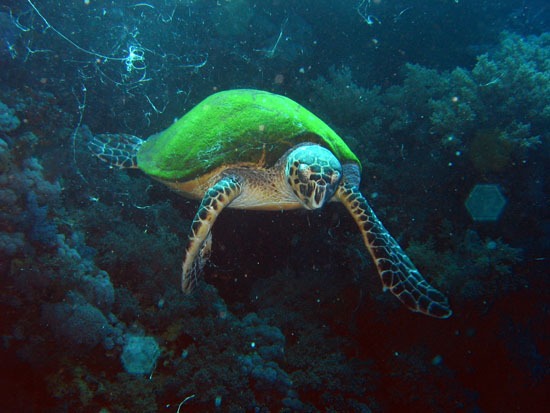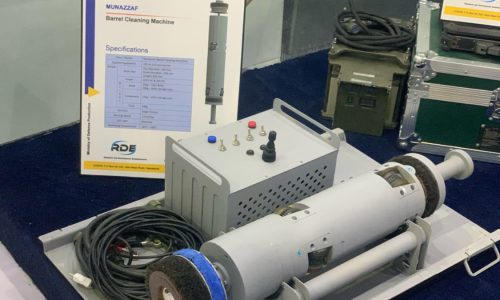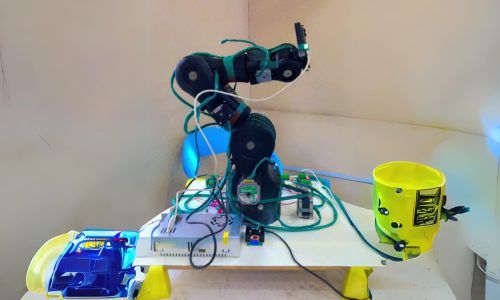Image matting is a segmentation technique that is used to extract foreground objects from images and videos. Matting considers the alpha α values of pixels to classify them as foreground, background, or mixed pixels. The mixed pixels commonly lie at the boundary of the object that are part of both foreground and background region. The technique uses color and texture information of known foreground and background pixels to find out the alpha value of unknown pixels. The known foreground and background information is provided by the user in the form of a mask known as trimap, that divides image into three regions named as foreground region, background region and unknown region. So, the task of image matting is to find out the alpha value of unknown pixels marked by user, based on the characteristics of known foreground and background pixels.
NUST researchers have used image matting technique to acquire objects from underwater images, that is helpful to identify, track and explore marine life. Since different factors are involved to extract objects from deep water images, such as limited visibility, poor contrast, and variational illumination as shown in Figure 1. Therefore, it is a challenge to separate and acquire underwater objects accurately.
Over the years different matting techniques have developed to segment objects from images, however limited accuracy has always been an issue due to low contrast, lack of visibility, color similarity of foreground and background regions, and complex textured background in underwater scene.
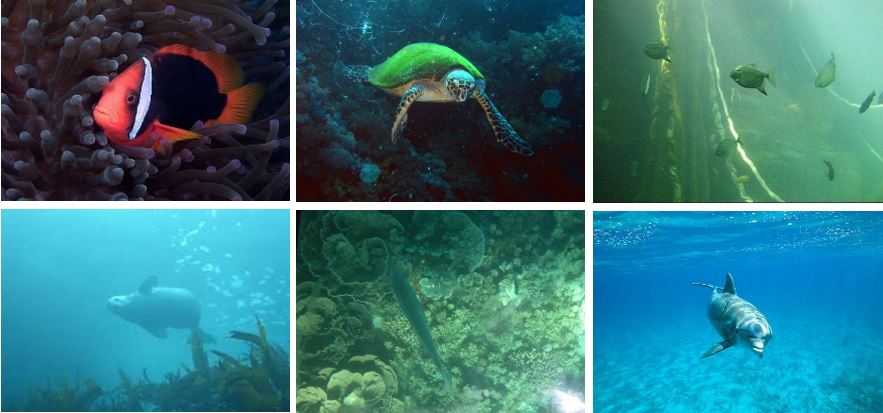
Our technique overcomes those challenges and provides a reliable and more accurate solution to segment underwater objects. The technique acquires image information by dividing and stretching image histogram from various contrast levels, in order to recover the lost image details due to poor contrast of underwater images. Alpha mattes of various contrast images are derived by selecting a sparse set of known foreground and background color samples to determine the color values of unknown pixels, that characterizes whether the object belongs to foreground or background. The derived matte images are further refined in an iterative procedure to improve the segmentation accuracy and in the end, fuzzy weights are assigned to combine alpha mattes of varied contrast levels to produce a refined matte image. The resultant image accurately separates the foreground object from background.
The technique is tested and compared against various previously developed image matting techniques on underwater images dataset. The dataset contains various challenging images of poor contrast and complex background. The results show that the proposed technique generates much improved alpha mattes and the accuracy is increased to a great extent [1].
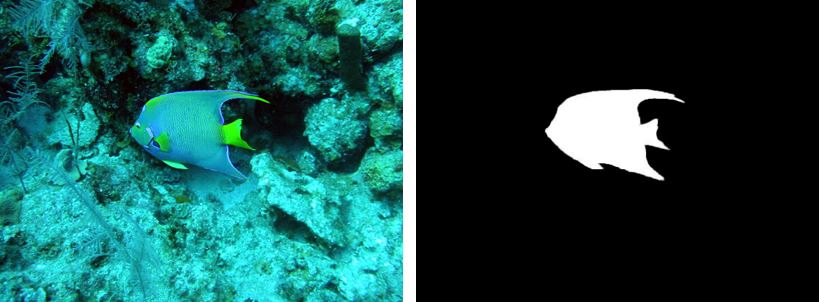
Reference:
[1] B. Amin, M. M. Riaz, and A. Ghafoor, “Fuzzy based Iterative Image Matting Technique for Under Water Images”, IET Image Processing, vol. 15, no. 2, pp. 419-427, 2021. https://doi.org/10.1049/ipr2.12032
The technique was proposed in a PhD work by Benish Amin, supervised by Dr. Abdul Ghafoor from Military College of Signals (MCS), National University of Sciences & Technology (NUST). They can be reached at [email protected] and [email protected].



